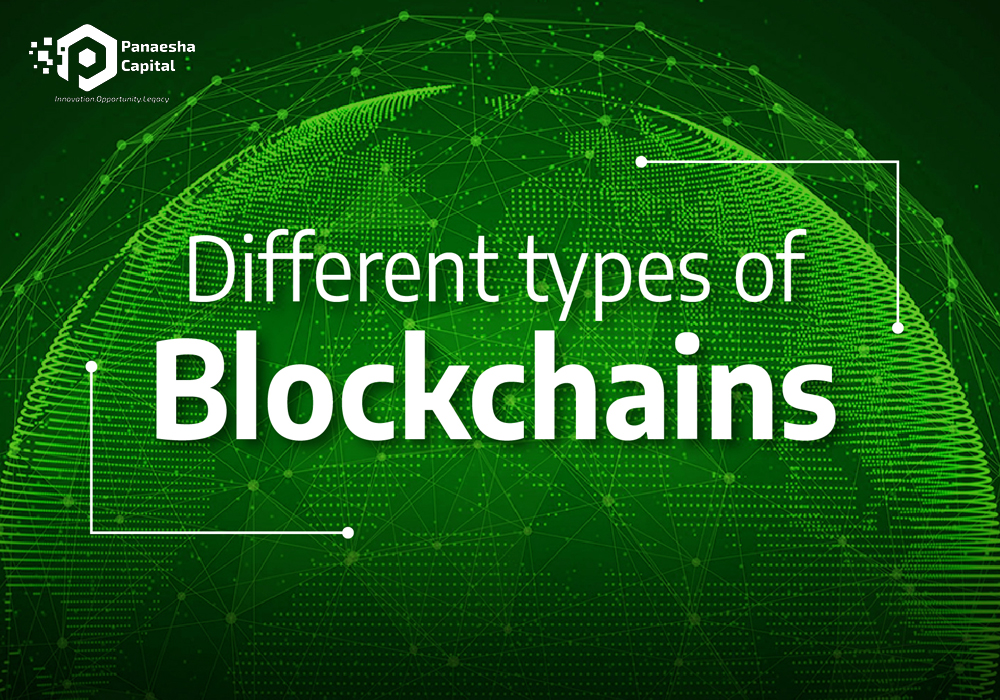
Blockchain technology can be used to make smart cities all the more operationally effective, and far more secure.
A distributed ledger based on the blockchain can be implemented to make smart cities become more secure. Securing smart cities using blockchain technology is just one of the many use cases blockchain can find in such an environment. Blockchain cities can use the technology to conserve energy, enhance healthcare, reduce corruption, simplify employment processes, secure personal information and facilitate smart governance. Blockchain-based cybersecurity will ensure higher and more efficient security standards and models which would improve public welfare.
Here is how we can secure smart cities using the potential of blockchain technology and offer scalable security solutions in large-scale cities’ networks.
Smart cities have several residents (both consumers and enterprises) and various kinds of devices connected to one another and the central systems. Unlike the traditional cities which have limited devices and even those aren’t connected to each other essentially, smart city networks require security solutions that are scalable. This is where blockchain’s cybersecurity comes in.
Digital IDs
Blockchain-based smart IDs can help in identifying, authenticating and authorizing each resident securely. Each device in the smart city network can also be connected and identified using blockchain security as well. These unique IDs are very difficult to tamper with, clone or spoof. These Smart IDs can authenticate identities and give access to various services/places to authorized personnel only. Blockchain’s cryptographical security helps ensure that all data stored and circulated in a network stays protected and encrypted from any hacks or compromises.
Protection against suspicious devices and identities
The software-defined city can maintain a zero-trust model to ensure complete security, which means that all vital utilities remain secure while immediately addressing and isolating any threats. Software-defined smart city architecture can be used to limit device visibility, access, and recognition. This additional layer ensures prevention from any external threats. The model based on zero-trust offers micro-segmentation, which allows infected devices and compromised IDs to be isolated from and acted upon the network quickly and independently.
Tamper-proof activity logs
Being able to record, access and communicate all records and transactions on a blockchain is one of its most powerful characteristics. Tamper-proof logs make it even more useful since it is impossible for hackers to erase or hide any attempt to misuse or access information available on the network. The attribute of making such activity instant guarantees that no unauthorized attempt goes unrecognized, the infected devices once recognized, are taken offline and its access is disabled to any other connected devices on the network which will prevent any further escalation of the attack.
Conclusion
Blockchain’s cybersecurity model and method offer an opportunity of securing smart cities by using the technology in completely new and bold ways. Malta is currently being called the first ‘Blockchain Island.’ The parliament of Malta has already passed various bills to instate a regulatory framework that will attract fintech companies and drive innovations to the island. Numerous other countries like Estonia, Australia, UAE, and China too have recognized blockchain’s potential. They too are using the blockchain technology to build smart cities.




